Even though one of the most magical and meaningful moments of our lives is seeing the birth of our children, when it comes the time to raise them properly and give them the right tools to succeed, the pathway turns a bit twisty.
We hear you, we understand you, and we will throw you a lifejacket in the next couple of paragraphs. You will fully comprehend that raising our children — even during their teen years — can be as magical as watching them take their very first steps or mumbling their first two words.
That being said, it is necessary to understand that we might have to open our minds and expand our boundaries since the educational approaches we will discuss don’t follow a traditional trail. And are located far from the old classroom structure designed centuries ago.
Are you and your kids willing to try new ways of learning? Ones that give them the ultimate mechanisms, mindset, and methodologies to make any of their dreams come true? Well, then, keep on reading.
In just a moment, we will present you the story and benefits of the Montessori, Waldorf, and Reggio educational methodologies; we’re also going to talk about the multiple benefits of non-formal education frames and how they can give your kids endless tools to succeed. Don’t you worry! Homeschooling won’t stay out of our analysis.
So, lay back, make yourself a tea, and be ready to change your inner paradigms on education methods and classroom structures. Here we go!
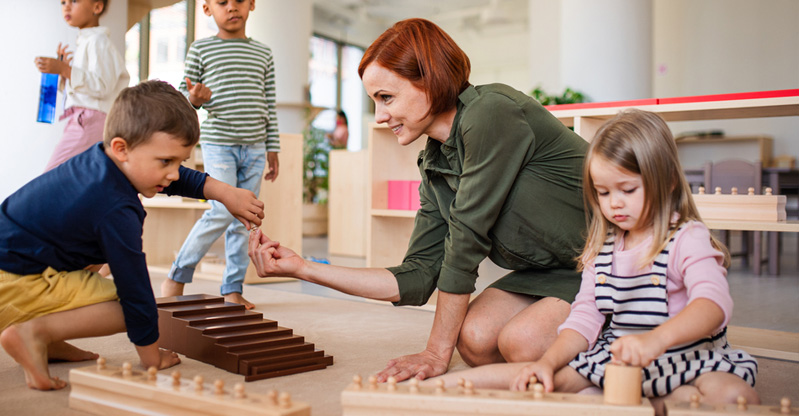
Different educational methodologies to form better people
The classroom model in which — most likely — you learned, where students sit in lines right in front of the blackboard, is outdated. We’ve seen progress in almost all areas of our lives in the last 100 years. But the classroom structure has stayed the same, and that doesn’t make sense anymore.
New approaches have appeared, offering students unique and more engaging ways to interact with their teachers, instructors, and classmates. One of them is the “flipped classroom” system. Have you heard of it?
In a flipped classroom, kids are introduced to a topic at home and then experiment and work through it at the school. This contrasts with the more frequent practice of teaching new subjects at school and then assigning homework and projects for pupils to finish at home on their own.
Jon Bergmann and Aaron Sams are the pioneers of the flipped classroom paradigm. These two high school educators greatly aided the grassroots distribution of this strong teaching style.
However, peculiar educational methodologies have appeared throughout history and have made a compelling contribution to the lives of many worldwide. This is the case of Montessori, Waldorf, Reggio, and many others. These disruptive methodologies appeared in different times and moments. This inspired many parents who believed that their kids could have a brighter and different future from that laid out for them.
Today, we’d like to talk about how they can be deeply related to your kids’ socio-emotional development. Let’s jump in…
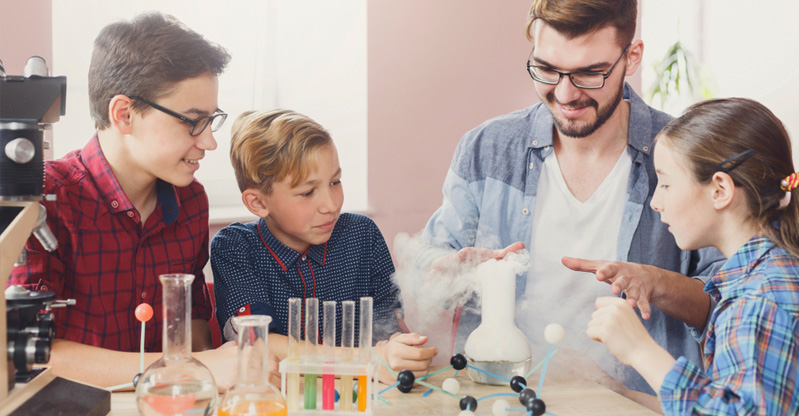
Montessori
The Montessori system of learning is a technique of child education that emphasizes the development of natural interests and activities over the use of formal, but disruptive, teaching methods. Maria Montessori, a physician, created it.
It promotes freedom and sees children as “naturally curious” about learning and capable of initiating learning in a well-prepared and supportive learning environment. Montessori classrooms are just beautiful and inspiring!
Mixed-age groups, student autonomy (including activity choice), large blocks of uninterrupted work time, and specially trained teachers are all popular parts of how this methodology is applied nowadays.
This system mainly entails free play in a “prepared environment”. This refers to an educational setting adapted for basic human traits and the special characteristics of children of various ages and personalities.

Waldorf
Rudolf Steiner, an Austrian philosopher, social reformer, and visionary, founded the Waldorf (also known as Steiner) school movement in Europe over one century ago.
This method aims to merge the development of students’ intellectual, artistic, and practical capacities. A substantial focus is on developing imagination and creativity in ways that meet their developmental needs.
As they grow confident and capable, the kids master real-world skills. “Play and imagination are two things that come to mind when I think about children (…)”.
The role of imagination in childhood was highlighted by Rudolf Steiner, the creator of Waldorf education, and Waldorf educators believe that imaginative play is the route to creative thinking later in life.
Reggio Emilia
Emilia’s methodology is, in some ways, similar to Maria Montessori’s previous proposal. However, with some key differences.
The Reggio Emilia system’s fundamental principles are as follows:
1. Children work together and learn from one another in their communities.
2. Children are capable of constructing their own learning.
3. Children are natural communicators who should be encouraged to communicate in whatever way they see fit.
That is why the relationship-driven environment is an essential part of the Reggio Emilia system. A Reggio-based classroom is, in some ways, an atypical learning environment with no assigned seats. Children have access to materials and learning resources, and they are regularly motivated and encouraged to take control of their education.
The Reggio Emilia approach is pedagogy centered on preschool and primary education. It is a constructivist, pupil-centered self-guided curriculum that emphasizes self-directed, experiential learning in relational situations.
Homeschooling
Homeschooling, also known as home education, trains school-aged kids at home or in other locations besides a school.
It has become a trend recently, and thousands of parents around the globe are trying this form of education with their kids. Nowadays, these parents count on thousands of programs, tools, and online learning environments to help them accomplish their goal of being both parents and educators at the same time.
Online programming courses, chess classes, and even a YouTube course to boost your kids’ creativity — among numerous other tools — are at the disposal of all parents implementing this way of teaching.
Homeschooling lets you take as much time as you need to ensure that learning occurs. You don’t need to spend energy on duplicating or repeating teachings if your kid is prepared to move on. Homeschooled children can progress through educational materials quicker than their peers.
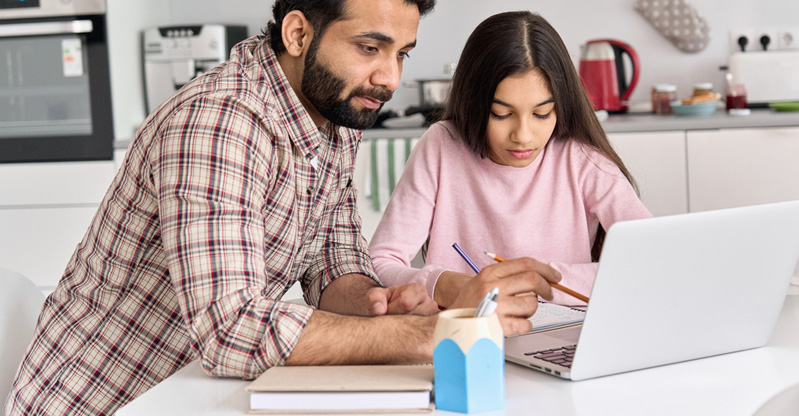
Non-formal education
Non-formal education is all those learning spaces where your kids can strengthen their sense of belonging while being part of a bigger community that shares values and ideals. If your children participate in the local boy or girl scouts association, they are part of a non-formal education environment.
Youth movements — that have been present along with all modern history — are also an excellent place for our kids to develop and strengthen numerous social, emotional, and future-ready skills that will be extremely useful in their future, regardless of the career path they choose for themselves.
As mentioned in an article from the Scouting Association from India, scouting and guiding is “a recognized form of character development and citizen training for boys and girls that emphasizes a sense of responsibility and integrity, provides individual opportunities for developing initiative and leadership, and promotes self-control, self-reliance, resilience, and self-direction (…)”.
These activities offer increased competencies, self-esteem, capabilities, understanding, and greater individual development. This gives children and teens the chance to make a meaningful difference in their communities while being aligned with their deepest beliefs and values.
Socio-emotional development
As we mentioned in a previous article of this same blog, developing our kids’ socio-emotional skills is a must. Raising kids who are emotionally capable of working with others, taking constructive criticism into account, and building productive relationships that’ll drive them to lead triple-impact projects, is an exciting challenge for today’s parents.
The educational approaches we just went through propose a new way of thinking about life. It shows our children and us that things can be done differently. It is a manner that is more connected with both themselves and the reality they currently live in.
By analyzing common elements between Montessori, non-formal education, Waldorf, and Reggio, we can conclude a few things regarding our children’s individual and unique learning processes. We are crafting citizens with strong socio-emotional skills by offering hands-on learning experiences, genuinely believing in their capacities, letting them lead, and giving them the freedom to build and create what they want.
Put differently, children’s social and emotional development refers to how kids learn about themselves, their feelings, and what to expect while interacting with those around them. It is the process of learning how to create and maintain positive relationships. Emotions are experienced, managed, and expressed.
We can walk through several pathways to strengthen our children’s socio-emotional thinking. Still, one of the most important aspects is not located in whatever kind of school or education system we pick for them, but rather in the customs and behavior we have at home.
We recommend that you’re always in a positive mindset, at least when at home. Then you can teach them to pay attention and follow instructions. You can also work on them developing close ties with parents and classmates.
Empathy is essential: parents should teach their children to care about their friends and demonstrate an interest in others.
It is also crucial to show them how to recognize, categorize, and manage their emotions. This will help them understand and empathize with others’ feelings.
If you’d like to learn more about socio-emotional learning and how to work on this at home, we published an interesting article on this subject. Take a look at it here.
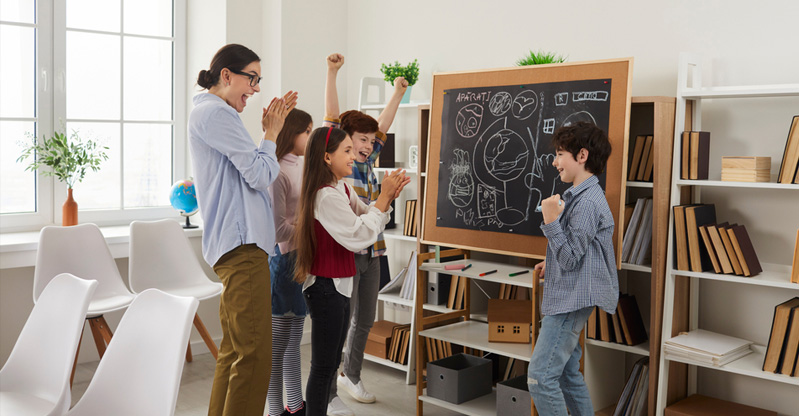
Tools for an unknown future
If there’s one thing we’re sure of, it’s that we know almost nothing about the future. After a pandemic, sudden wars, and the high-speed evolution of technology, predicting how our grandchildren will live and interact with each other is difficult to discern at best.
Nevertheless, there is something we can do today. We can ensure that our kids’ skills are strong enough to adapt and overcome any potential issue, conflict, or situation they might have to face in this uncertain future.
With this, we’re not saying that everything in the future will look ominous or gloomy; actually, there is a significant chance that our kids’ future will be better than our current reality. Why? Because our kids are more aware of the world around them, they have more information.
They can also grow within educational approaches that weren’t available when we grew up. The chance of them building a triple-impact project and succeeding at it in the near future is high…
There is still hope!
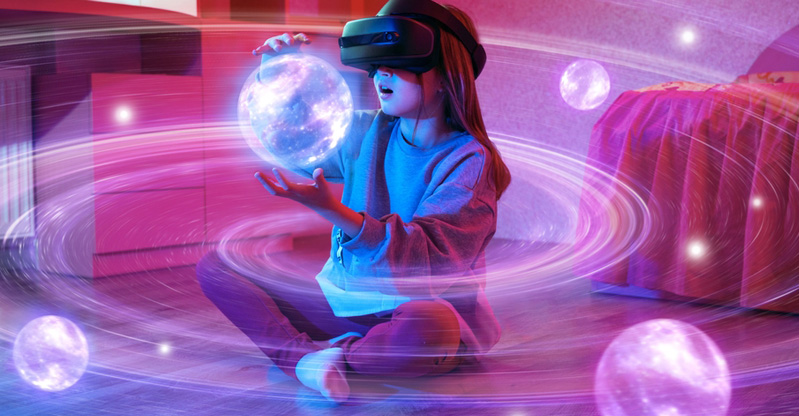
Give them those tools today. Let them lead the world tomorrow.
If we want this to happen, we should do something now. Enroll your kids in a learning environment that sees mistakes as learning opportunities and empowers them to believe in themselves. This allows them to follow their dreams and create things from scratch.
It might be the best decision you ever make.
The live, online courses offered by Tekkie Uni can offer your kids a unique opportunity to understand who they are, what their calling is, and which platforms or resources they can use to make their dreams come true.
If they want to build an app… if they have a social entrepreneurship project… if they love chess… or want to create spectacular content for their YouTube channel, then Tekkie Uni has a course for them.
You are one course away from changing their lives.
So, what are you waiting for?






Your hard work is appreciated; thank you for the excellent material.